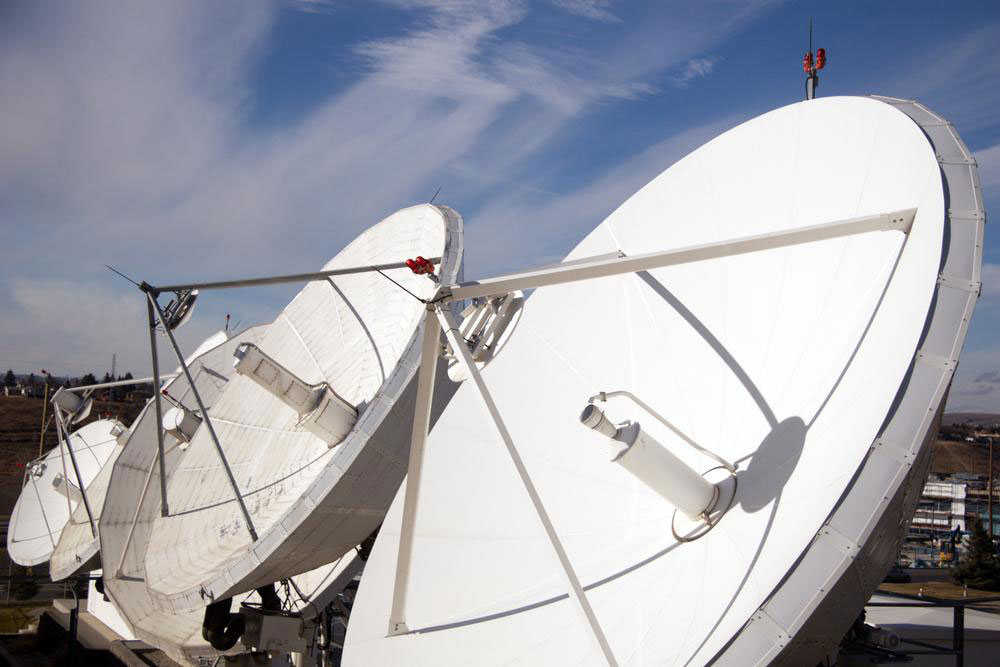Selecting the Right Mobile Data Package
Learn how to choose the best mobile data plan tailored to your needs. Understand data types, usage patterns, costs, caps, and monitoring tools to optimize your internet experience on the go. This guide helps users make informed decisions and avoid extra charges while enjoying seamless connectivity.

Choosing the Ideal Mobile Data Plan
Understanding Mobile Data Packages
What Is a Cellular Data Plan?
If you're living in the 21st century, chances are you own a device connected to the internet via a cellular network and have a data plan. It’s important to understand what these plans are, how they operate, and how to make the best choice for your usage. Data plans provide access to the internet for browsing, streaming, and other online activities, similar to how you pay for call minutes. They cover nearly everything you do online with your device.
What is Data?
Data encompasses any content you view, download, or stream online—such as images, videos, links, posts, or games.
Measurement units like bits, bytes, kilobytes, megabytes, and gigabytes categorize data and influence your data plan usage.
All mobile data plans are priced based on the amount of data consumed.
Exceeding your data limit often results in additional charges.
How To Determine Your Data Needs
Tracking your usage helps identify the suitable data plan for you.
One approach is to start with a larger plan and downgrade if necessary.
Alternatively, use prepaid plans to gauge your monthly data consumption and adjust accordingly.
What Is the Cost of Data?
Fees depend on how much data you use.
Prepaid options might charge roughly $80 for 5GB of data.
Monthly subscriptions typically offer around 10GB of data for the same price.
Some plans provide unlimited data at lower costs, but with limited mobility.
Overall, the internet usage pattern influences the pricing of your data plan, whether for mobile or fixed-line connections.
Exceeding data caps can incur higher charges or reduced speeds.
Primary Data Usage Areas
Social media updates, like Facebook or Twitter, typically consume between 30-70KB per update, totaling about 0.07GB monthly.
Web browsing generally uses less than 100MB per month.
Email activities consume roughly 0.02GB per month.
Listening to music or podcasts for two hours daily can use up to 3.5GB.
Watching standard-definition videos for an hour a day may require up to 8GB monthly, while HD videos can consume around 30GB.
Gaming data usage varies; casual or small games usually require minimal data, such as Candy Crush.
Understanding Data Caps
Different users have different online habits; without data caps, network congestion may occur.
Internet providers set data caps to manage network flow and prevent overload.
Exceeding the cap results in overage fees, often about 10% of your monthly bill.
Some providers slow down speeds after cap limits are reached rather than charging extra.
Typical caps range from 2GB to 20GB per month in mobile plans.
Monitoring Your Data Usage
Knowing your data consumption helps select the right plan.
Regularly track your usage to avoid overages and tailor your plan accordingly.
Download apps designed to monitor data usage on your device.
Contact your provider for usage estimates through your online account.
Many services send notifications or alerts when nearing your data limit.










